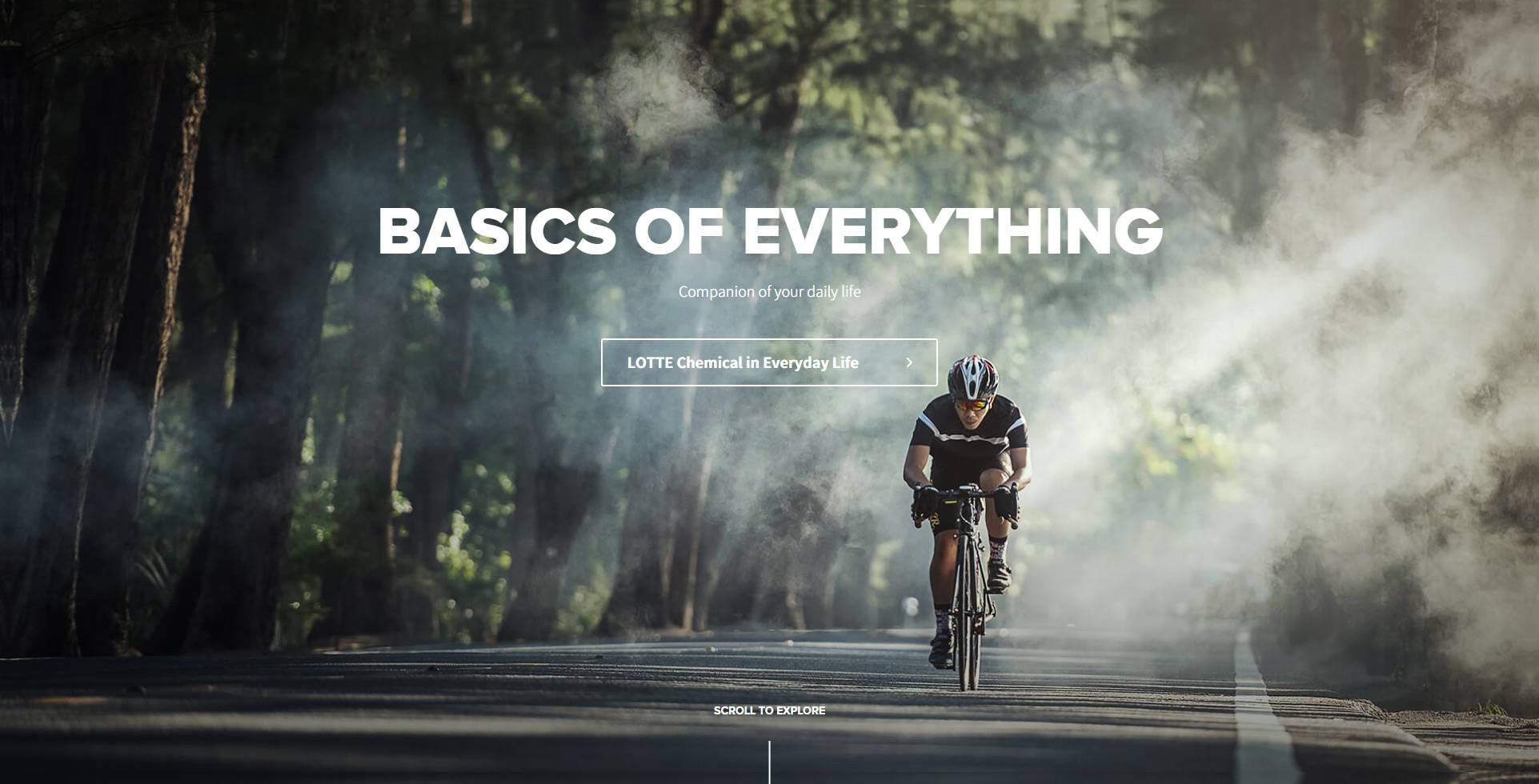Okt . 10, 2024 10:10 Back to list
hdpe pipe cost
Understanding HDPE Pipe Costs A Comprehensive Guide
High-Density Polyethylene (HDPE) pipes have gained significant traction in various industries due to their durability, flexibility, and resistance to corrosion. They are widely utilized in applications ranging from agricultural irrigation to municipal water systems. However, one of the key considerations when selecting HDPE pipes is their cost. This article delves into the factors affecting HDPE pipe costs, provides a comparative analysis with other materials, and offers insights on budgeting for HDPE projects.
Factors Affecting HDPE Pipe Costs
1. Raw Material Prices The primary factor influencing the cost of HDPE pipes is the price of raw polyethylene resin. Fluctuations in petrochemical prices directly impact the cost of HDPE production. Tariffs, market demand, and global oil prices can lead to variations in material costs.
2. Pipe Diameter and Thickness The size of the pipe significantly affects its price. Larger diameter pipes or those with thicker walls require more material, thus increasing costs. Additionally, specialized sizes may be more expensive due to lower manufacturing volumes.
3. Manufacturing Process The method used to manufacture HDPE pipes can also impact costs. Processes such as extrusion, while efficient for large-scale production, require substantial investment in machinery. Any innovations or advancements in manufacturing techniques might lead to cost reductions in the long run.
4. Transportation and Logistics The costs associated with transporting HDPE pipes can vary based on distance, weight, and regional availability of supply. Remote locations may incur higher transportation costs, which should be accounted for when budgeting.
5. Market Demand High demand for HDPE pipes in construction and infrastructure projects can drive prices up. Seasonal fluctuations and regional differences in demand can also play a role in pricing dynamics.
6. Installation Costs While HDPE pipes are often seen as a cost-effective choice, installation can add to the overall expense. Factors such as soil type, trenching requirements, and labor costs can vary widely based on location and project scope.
Comparing HDPE Pipe Costs with Other Materials
When evaluating HDPE pipes, it is essential to compare their costs with alternative materials, such as PVC, ductile iron, and steel.
hdpe pipe cost

- PVC Pipes Generally, PVC pipes are less expensive than HDPE pipes; however, they may not offer the same level of flexibility and strength. HDPE's resistance to cracking and corrosion could lead to lower maintenance costs over time.
- Ductile Iron Pipes While ductile iron is highly durable, its initial cost is typically higher than that of HDPE pipes. In environments susceptible to corrosion, HDPE pipes offer significant advantages, reducing the need for costly protective coatings.
- Steel Pipes Steel is another alternative, known for its strength. However, this material is prone to corrosion unless adequately coated. The cost of galvanized or epoxy-coated steel pipes can be significantly higher than HDPE due to the additional processing.
Budgeting for HDPE Pipe Projects
When budgeting for HDPE pipe projects, it's crucial to consider not only the initial costs but also the long-term value and savings. Here are some tips for effective budgeting
1. Conduct a Cost-Benefit Analysis Evaluate the total cost of ownership over the expected lifespan of the pipes, which typically exceeds 50 years. This includes material costs, installation, maintenance, and potential replacements.
2. Get Multiple Quotes Before making a purchase, solicit quotes from multiple suppliers to ensure competitive pricing. Be sure to compare the quality and specifications of the products being offered.
3. Account for Bulk Discounts If a large quantity of pipe is required, inquire about volume discounts. Many suppliers offer reduced rates for bulk orders.
4. Consider Installation Efficiency Hiring experienced installers can lead to faster and more efficient installation, potentially reducing labor costs.
5. Plan for Contingencies Always include a contingency in your budget to account for unforeseen expenses related to site conditions or project scope changes.
In conclusion, while HDPE pipes may come with higher initial costs compared to some alternatives, their long-term benefits and performance can make them a cost-effective choice in the right applications. Understanding the factors that influence pricing and actively managing the budget can lead to successful project outcomes.
-
High-Precision PVC Rigid Sheets for Vacuum Forming | AI-Optimized
NewsAug.05,2025
-
Durable PVC-M Water Supply Pipes | 60-Year Life
NewsAug.04,2025
-
Premium HDPE Water Supply Pipes: Durable & Leak-Proof
NewsAug.03,2025
-
Premium PVC-M Water Supply Pipe - Durable & Efficient
NewsAug.02,2025
-
HDPE Drainage & Irrigation Pipe - Durable, Efficient Solutions
NewsAug.01,2025
-
Premium PVC Transparent Pipe: Durable & Clear Solutions
NewsJul.31,2025

